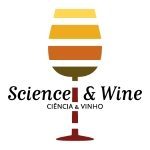This comprehensive review examines the evolution and trends in wine marketing research over the past three decades, drawing on 1135 documents published between 1990 and 2022 from Web of Science and Scopus databases. This study identifies key themes and their development over time using bibliometric techniques, such as co-word analysis and bibliographic coupling. Early research focused on consumer behavior and pricing strategies, whereas recent years have seen an expansion in wine tourism, sustainability, and digital marketing. The findings highlight the growing importance of sustainability practices and the role of digital platforms in shaping consumers’ preferences. Key research themes include consumer behavior, wine quality, market segmentation, and sustainability, which reflect the industry’s response to evolving market dynamics and environmental challenges. This study underscores the multidisciplinary nature of wine marketing research, integrating insights from business, economics, food science, and environmental studies and provides a foundation for future research to develop effective marketing strategies in the global wine market.
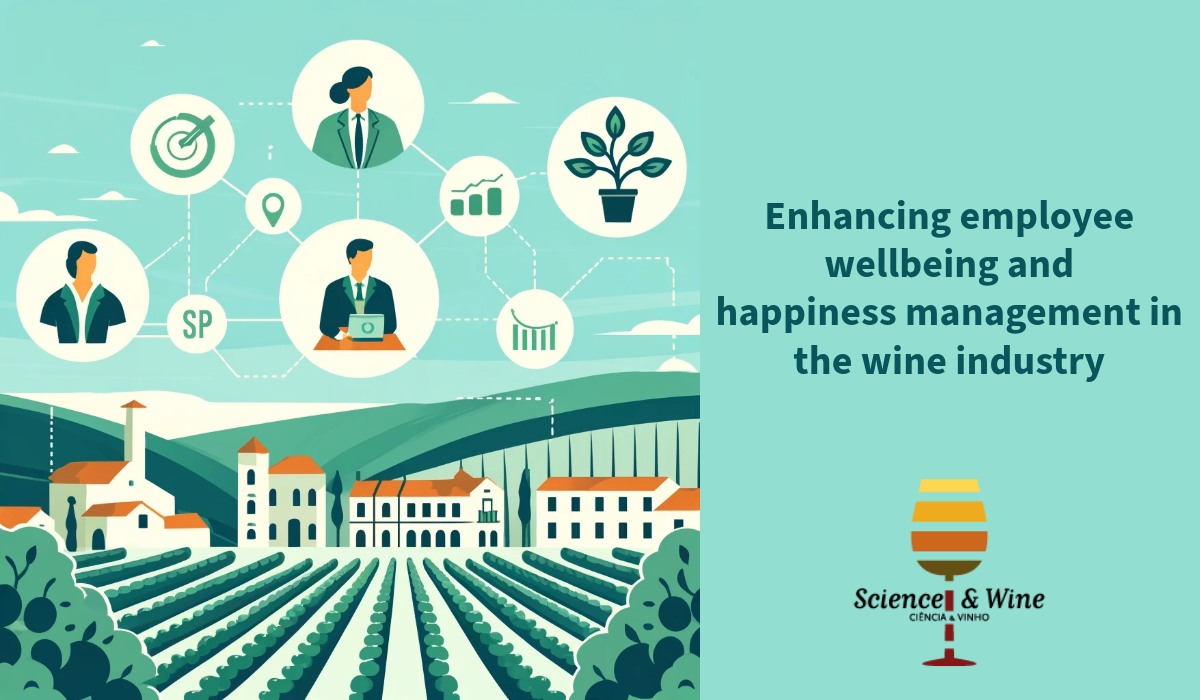
Enhancing employee wellbeing and happiness management in the wine industry
This research examines the connection between Green Human Resource Management (GHRM) and Sustainable Performance (SP) in Spanish wineries, emphasizing the mediating roles of Employee Wellbeing (EW) and Work Engagement (WE). This study is pertinent, given the growing focus on sustainability as a core business strategy. To refine the precision of the examined cause-effect relationships, variables such as the age and size of the winery and membership in a Protected Designation of Origin (PDO) are incorporated as controls. Utilizing a conceptual model informed by prior studies, this study employs structural equation modeling (PLS-SEM) to analyze data from 196 wineries collected from September 2022 to January 2023. The findings highlight a positive and significant link between GHRM practices and the SP of these wineries, with EW and WE serving as partial mediators. The significance of this study lies in its contribution to the understanding of GHRM’s benefits in enhancing SP, particularly in the Spanish wine industry, a context not extensively explored in previous research. To the best of our knowledge, this study is the first to investigate the mediating effects of EW and WE on the GHRM-SP relationship in this sector, marking a notable advancement in this field.
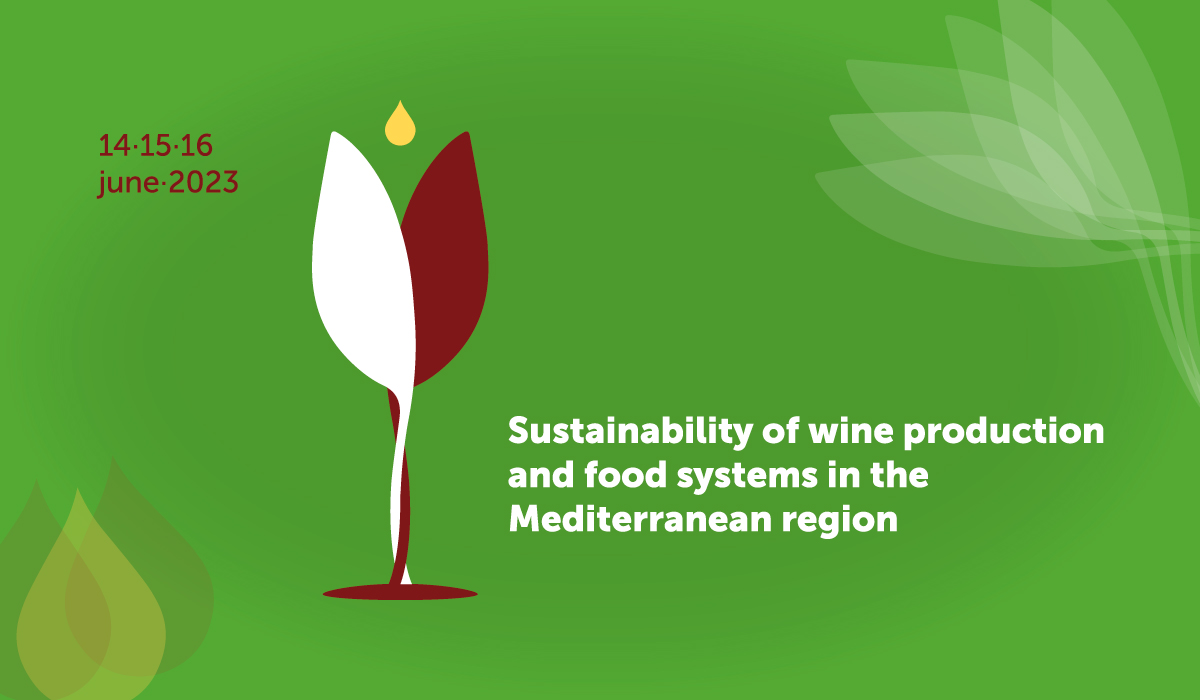
3rd World Science & Wine: Sustainability of wine production and food systems in the Mediterranean region
As promised, we will maintain the organization of the World Congress every two years. The 3rd World Science & Wine Congress will be from 14 to 16 June 2023 in Vila Nova De Gaia and the Douro region. The topic for this scientific meeting here will be “Sustainability of wine production and food systems in the Mediterranean region”.
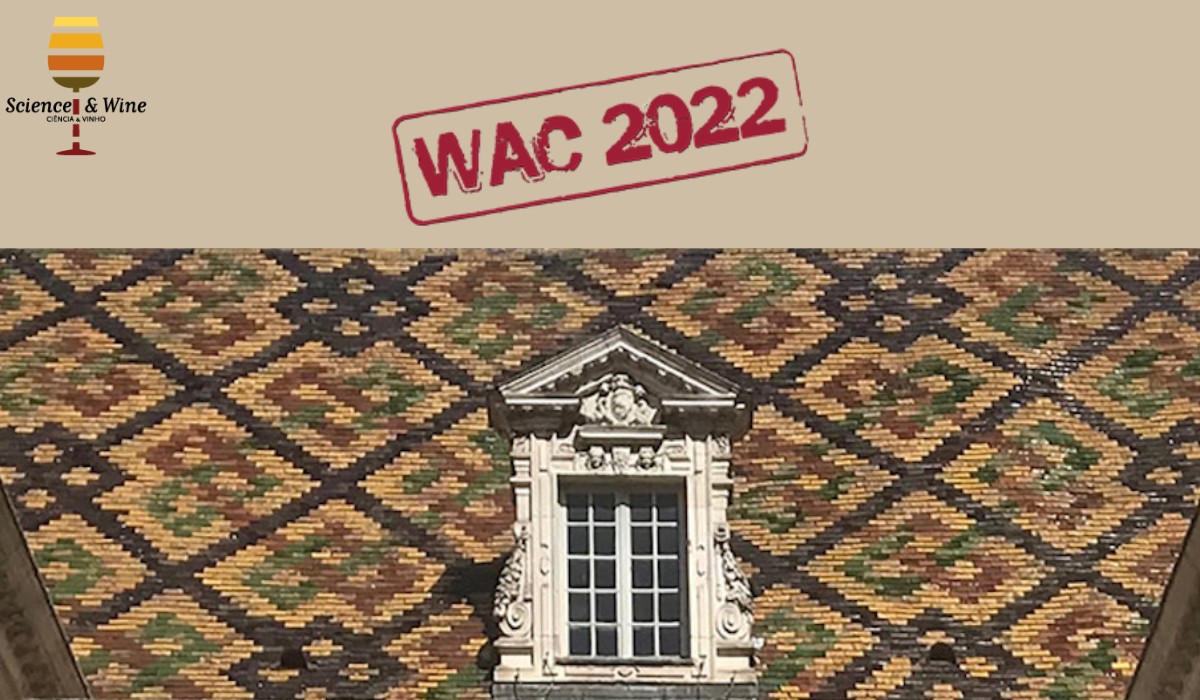
5th Edition of the Wine Active Compounds (WAC) Congress, Dijon 2022
After two successive postponements, the fifth edition of Wine Active Compounds (WAC) 2021 happened in the Palace of the Dukes of Burgundy in Dijon, France, from Wednesday June 29 to Friday July 1, 2022, under the auspices of the UNESCO Chair “Culture & Traditions of Wines” and the Institut Jules Guyot at University of Burgund.
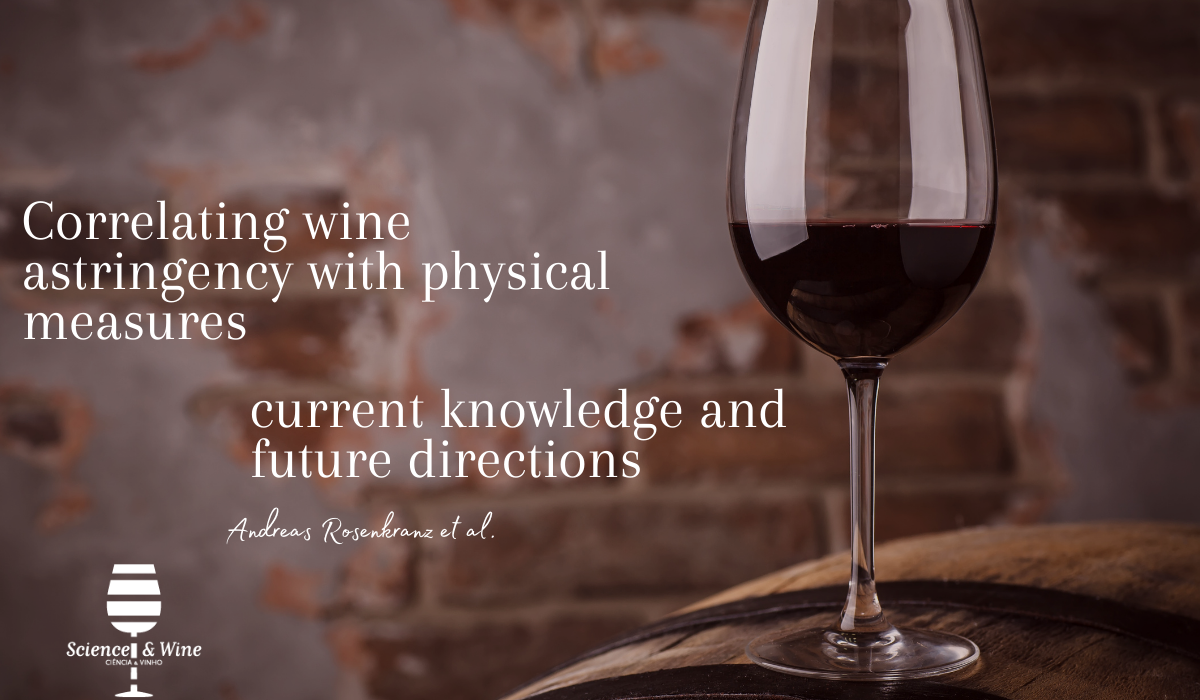
Correlating wine astringency with physical measures – current knowledge and future directions
Oral tribology receives growing attention in the field of food sciences as it offers great opportunities to establish correlations between physical parameters, such as the coefficient of friction, and sensory effects when interacting with components of the human mouth. One important aspect covers the astringency produced by wine, which can be described as the sensation of dryness and puckering in the mouth, specifically occurring between the tongue and the palate after swallowing. Therefore, this post reports the resulst of a study which aims at shedding some light on recent trends to correlate physical measures, such as the coefficient of friction derived by oral tribology, with prevailing theories on underlying physiological causes for sensory perception of wines. Some successful cases reported the potential of correlating wine astringency perception with the coefficient of friction in tribological experiments. Our critical assessment demonstrates that the findings are still contradictory, which urgently asks for more systematic studies. Therefore, the authors summarize the current challenges and hypothesize on future research directions with a particular emphasis on the comparability, reproducibility and transferability of studies using different experimental test-rigs and procedures.
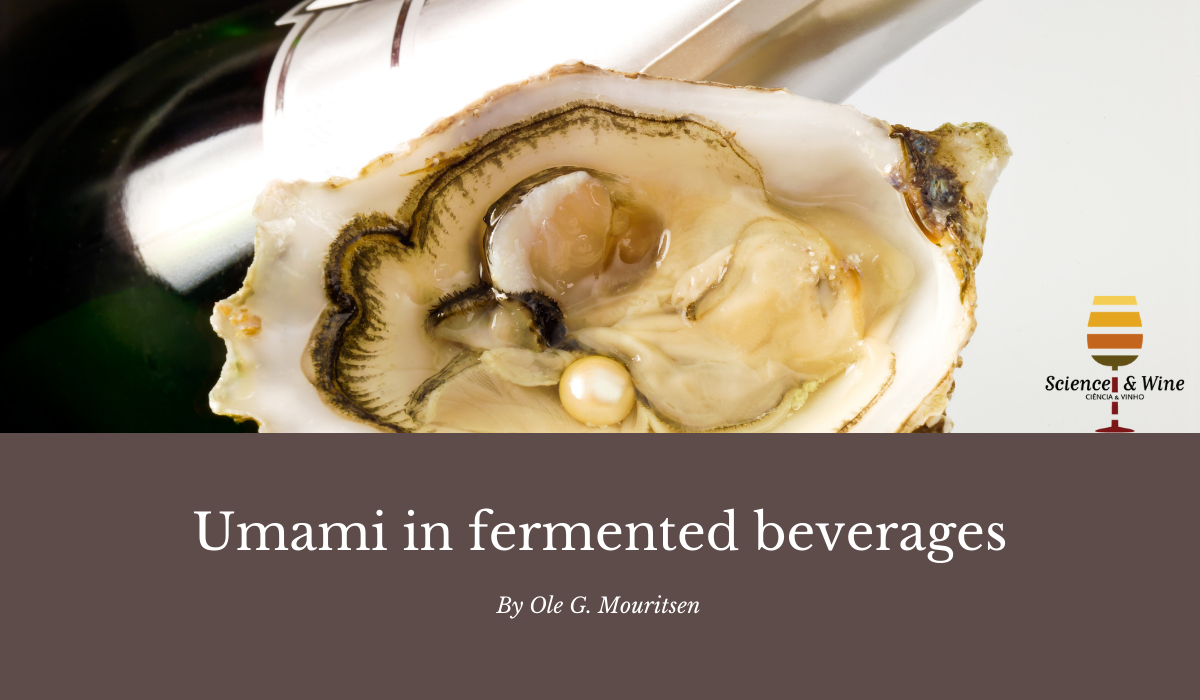
Umami in fermented beverages
In the present post authors present a summary of the results obtained in a study where for a wide range of fermented beverages in terms of their e free amino acid (FAA) composition and they provide quantitative evidence that beverages with long yeast contact may contain larger amounts of free glutamate and hence hold a greater potential for imparting umami than beverages with no or little yeast contact. To the extent that umami-synergy is a key in pairing fermented beverages and foodstuff, the results presented in the present post may be useful for practitioners in the restaurant and beverage business. For example, it may provide a quantitative basis for the claim that sake is also a good companion with shellfish and other fish and that some beers may be just as good as long-time fermented wine and champagnes in terms of umami taste pairing of food and beverages.
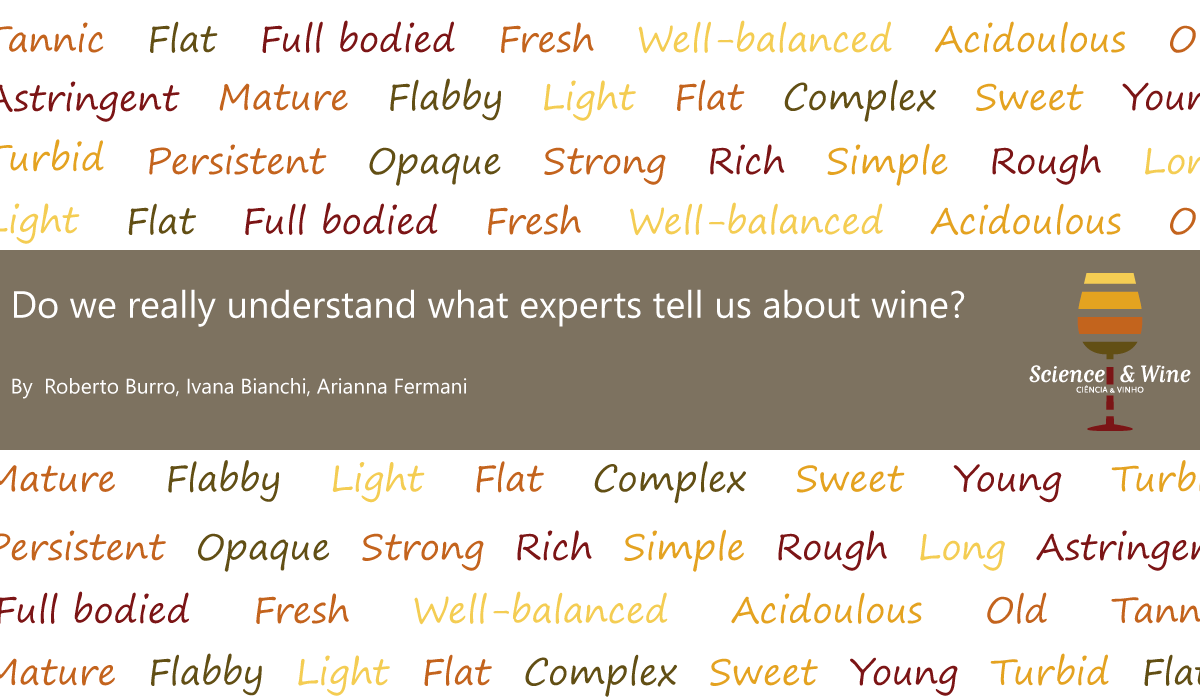
Do we really understand what experts tell us about wine?
Expert wine tasters have a greater ability than non-experts to discriminate between and evaluate the sensory properties of wine. In this study the authors explore non-experts’ understanding of a set of 64 terms which are frequently used as descriptors of the sensory properties of wine. The results reinforce the idea that when people describe wine or convey information, there is a serious risk of misunderstandings occurring when experts communicate with standard consumers. This indicates a necessity for wine industries to invest in research aimed at ensuring that experts (e.g. sommeliers, oenologists or producers) refer to the same basic sensory dimensions relating to wine as standard consumers. The present paper aimed to raise the question of whether the dimension referred to by experts (in the present case relating to a wine’s body or its acidity, for instance) matches the dimension that non-experts think of. This study has shown that modelling these dimensions in terms of opposite poles (which is typical of some tasting scales used by experts) also works quite well for standard consumers.

Wine Sense: Tasting wine without scores or metaphors
The post of this week is a book recommendation “O Vinho Sentido”. Books are very good friends to help us in isolation situations like this one. PLEASE STAY AT HOME.
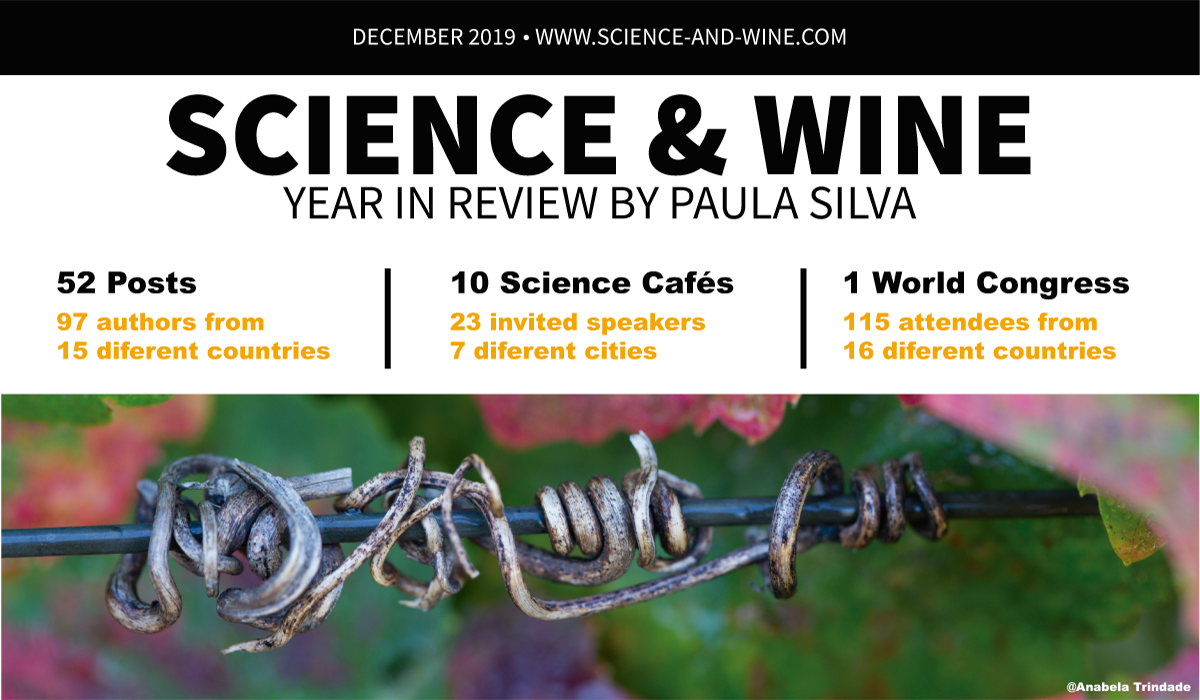
2019 In Review
This is the last post of 2019. The second year of Science & Wine existence, time for a brief reflection. This was a great year!
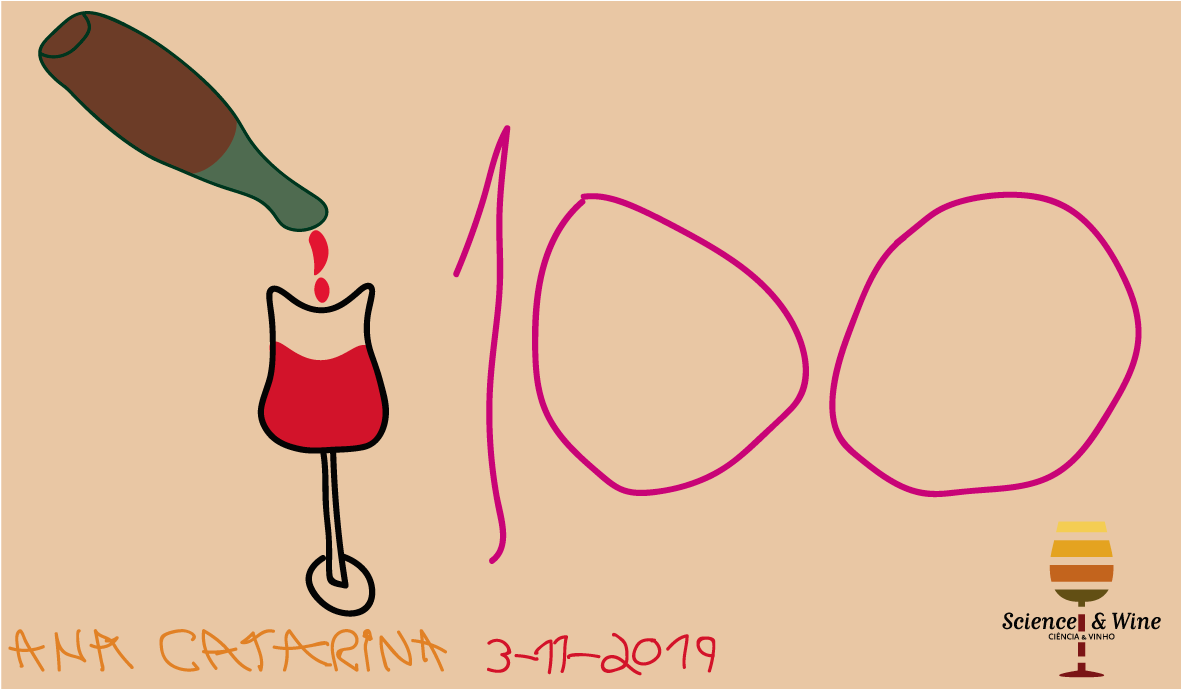
Post Nº 100
This is the post number 100. One hundred of weekends that I spend writing, reading, illustrating, editing and publishing the posts. The time that I spent do it is just part of the time I stole to the family, special to my youngest daughter, so today I decided to involve her in this project. The illustration is her authorship.
